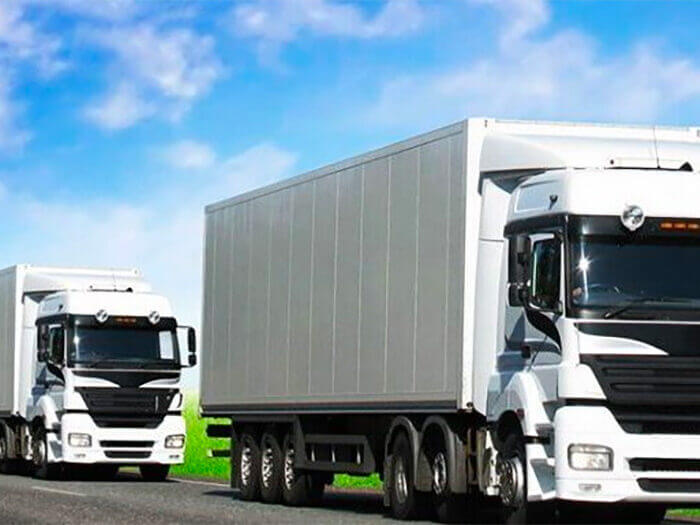It is the carrier’s task to transport goods from A to B. The starting point in transport law is that the carrier is liable if damage occurs to the goods and/or the cargo is lost during transport between A and B.
There are two grounds for exception, namely: (1) force majeure and (2) special risks.
Both the Civil Code (BW), the General Transport Conditions 2002 (AVC) and the Convention on the Carriage of Goods (CMR) contain articles on the appeal to force majeure. In more or less the same wording, these laws and treaties also contain provisions describing the special risks.
In some cases, a carrier can appeal to both force majeure and one of the special risks. For the distribution of the burden of proof and, often related to this, the question of whether a claim will be granted or rejected, it is important that in the relevant case, the primary choice is to appeal to a special risk and, subsidiarily, to force majeure.
1. Force Majeure
The carrier is liable from the moment of receipt of the goods by A until the moment of delivery to party B. An appeal to force majeure releases the carrier from his liability. However, this is easier said than done.
An appeal to force majeure will only succeed if the carrier states and proves that in the given circumstances he has done everything that may be expected of a careful carrier and he has taken all reasonably possible measures to prevent the loss of the cargo or damage to the goods. *
In legal practice it appears that an appeal by a carrier to force majeure rarely succeeds.
2. Special Risks
A carrier is not liable if the damage is the result of the following special risks and circumstances, as described in the BW, AVC and CMR:
- Extreme weather conditions, cold and heat;
- Transport of livestock;
- Transport in an uncovered vehicle.
- Handling, loading or stowing of goods by the sender or consignee;
- Specific nature of the goods (fragility, shelf life, etc.);
- Improperly packaged goods;
- Incomplete listing of packages;
The carrier has a more favourable evidentiary position if he relies on the presence of one or more special risks. The carrier must demonstrate that the loss of or damage to the goods could have been the result of one or more of these special risks. If the carrier succeeds in providing this proof, it is presumed that this circumstance is the cause of the damage. It is then up to the sender of the goods to prove the opposite. In other words, the sender will have to prove that the damage and/or loss of the goods has another cause. This will usually not be an easy task for the sender of the goods.
Conclusion
If you as a carrier are held liable for the damage to or loss of goods, you should realise that from the point of view of evidence (primarily) an appeal to one or more of the special risks is preferable. For more information on the subject of this column, you can contact Mr. Otto Lenselink (info@transportrechtadvocaat.nl).
July 2014
* Supreme Court 17 April 1998, NJ 1998, 602 (Oegema /Amev)
More to read
- The Hague Court of Appeal quashes verdict in the Slotboom case
- The Hague Court of Appeal decides whether driver will pay for shortage of parking spaces
- Most important changes to the collective labor agreement for professional goods transport as of January 1, 2024
- Collaboration with Polish Law Firm
- Consequences of Deliveroo for the scope of the Collective Labour Agreement for Professional Freight Transport!
- Gelderland Court reduces parcel delivery driver’s fine by more than 80%
- Is it legally required to secure loads during short stopovers?
- Court of Justice restricts repeated fining for a single offence
- Tightening enforcement of driving and rest times and tachograph fraud by the ILT
- Criminal prosecution for tachograph fraud

